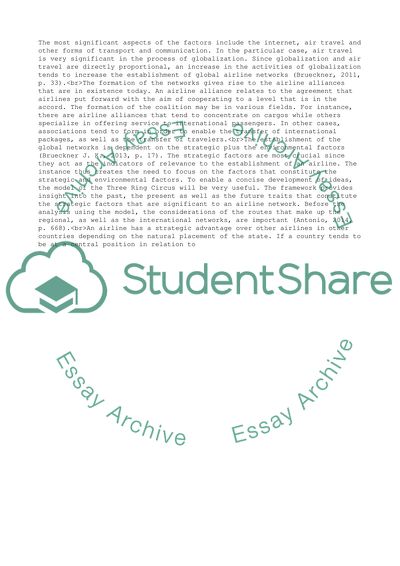Cite this document
(“International Business Assignment Example | Topics and Well Written Essays - 3000 words - 2”, n.d.)
Retrieved from https://studentshare.org/business/1671470-international-business
Retrieved from https://studentshare.org/business/1671470-international-business
(International Business Assignment Example | Topics and Well Written Essays - 3000 Words - 2)
https://studentshare.org/business/1671470-international-business.
https://studentshare.org/business/1671470-international-business.
“International Business Assignment Example | Topics and Well Written Essays - 3000 Words - 2”, n.d. https://studentshare.org/business/1671470-international-business.


